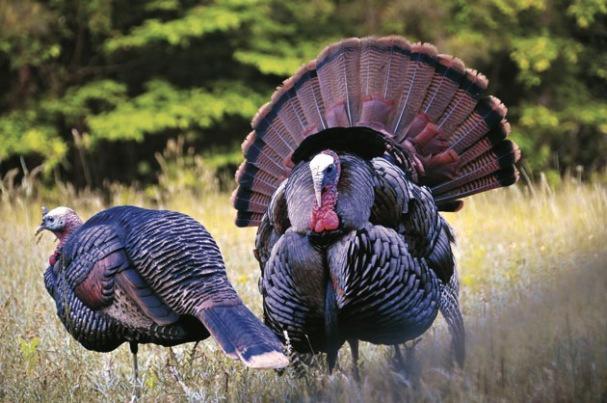From the May/June 2015 issue of Sporting Classics.
In 2014 The New York Times published an article, “Where Are the Hardest Places to Live in the US?” The piece applied six criteria—“education (percentage of residents with at least a bachelor’s degree), median household income, unemployment rate, disability rate, life expectancy, and obesity”—to the nation’s counties in an effort to find the answer. The ten counties that earned the dubious distinction of being the hardest places to live included Jefferson County, Georgia.
That’s where I grew up. That’s where I shot doves and quail for the first time. My brothers did too. My brothers killed their first deer there. I did too.
My father served as pastor at a small church in Jefferson County in the mid- to late 1970s. Most of the members farmed or forested or in some other way worked the land. The Good News Man (my dad’s CB handle at the time) got invited to a lot of dove shoots. He had open invitations all around to hunt quail and deer and bring his boys. In addition, our circuit of farm ponds extended to neighboring counties.
Growing up, though, I never hunted turkeys. There just weren’t any around.
Eventually, college and graduate school kept me busy, and by the time I began making trips to the woods again, my parents had moved and bobwhite quail had all but disappeared from Jefferson County and most everywhere else in the Southeast. Dove shoots had grown harder to come by, and my family members killed enough deer to provide me protein. I either had nowhere to hunt or little reason to go.
What I didn’t know is that wild turkeys had returned to the coastal plain of Georgia—including my home county and most everywhere else. Then one morning I heard a turkey gobble and actually felt it—the sound waves hit my face. That’s the sound, the feeling that got me back into hunting.
Gobbling toms filled my early turkey-hunting days. The first tom I killed gobbled incessantly from the roost as I set up jake and hen decoys along the Savannah River. Three soft yelps quieted him just before he leapt from a tree and landed right next to the decoys and within ten yards of me and a couple friends who had tagged along. His beard stretched more than 13 inches.
The following year I hunted the far southwestern corner of Virginia with friends. We heard some gobbling but had no close calls for two days. As my time wound down, Curtis and I hiked to the top of a tall hill and issued wild cackling on our slates. A tom responded, and we moved toward it—it moved toward us. We stopped on a steep ridge, called again, and it gobbled a lot closer than expected. I put a stand of bushes between the bird and me and belly crawled downhill—the gobbler kept gobbling and moving uphill. Curtis helped mask the sound of my movements by cutting on the slate. When I raised the gun, I saw no part of the bird except its red-and-white head. He had spurs longer than 1½ inches.
And one cold week in the Black Hills of Wyoming a couple other friends and I hunted very hard for three days but had seen only two turkeys. The fourth day, we literally walked into a gaggle of Merriam’s and each killed a tom within a half hour of each other in three different spots.
The Merriam’s I shot had spent most of its final morning gobbling in the shadows above me. I sat on a ridge that joined two hills, and he strutted on the taller hill at such an angle to the sun I could see him only when he gobbled—his outstretched neck thrust his head into the sunlight. He answered everything I offered but didn’t budge until a real hen clucked behind me. He strutted into an ambush.
Over time, I’ve learned that not all turkey hunts are filled with sound and fury. A few springs back I purred to a two-year-old tom that moved silently on a string to my friend Rob, who shot it. After we shook hands, he uttered a great, very understated comment about turkey hunting: “I’m surprised by the subtlety of it all.”
No story is complete without the subtleties, that’s for sure—including the article in The New York Times.
Misery indexes applied to area codes don’t factor the subtleties hunters and anglers most enjoy, such as the whistle of a bobwhite, finding a nice rub, a flash rising to a dry fly, and the list goes on.
Such studies also fail to take into account family and friends, which are common threads in all things, between all humankind, between you and me, between sportsmen and non-sportsmen, and across borders. Each of us comes from a family of some sort and has opportunities to be friends to anyone around us at any time. And it’s possible, regardless of zip code, to be a loving family member and a caring, sharing friend. I’ve been a recipient of such goodness—and such goodness helped make my home county a pretty special place. +++
Be sure to pick up the May/June 2015 issue of Sporting Classics, on newsstands now.

